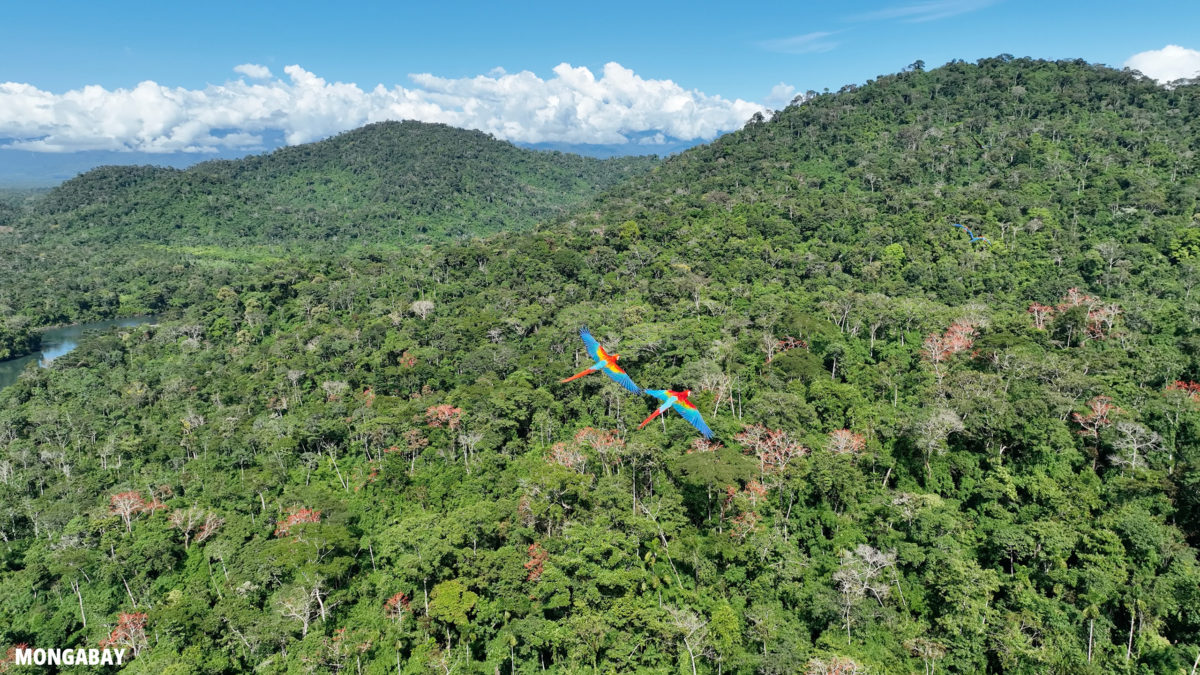Next month BirdLife International, a global partnership of 115 organizations working to protect birds and their habitats, will mark its 100th anniversary by holding the BirdLife World Congress in London. The event will bring together scientists, conservationists, and other stakeholders from around the world.
BirdLife has a lot to celebrate on its 100th birthday. It counts more than 2.5 million members across its partner organizations, which include the Royal Society for the Protection of Birds, the National Audubon Society, and the American Bird Conservancy, among others. It has also identified and documented more than 13,000 Important Bird and Biodiversity Areas (IBAs) – “places of global significance for the conservation of birds and other biodiversity” – and helped protect 2,000 high priority conservation sites around the globe.
BirdLife has further established itself as the go-to place for scientific information on the conservation status of birds, providing the International Union for Conservation of Nature (IUCN) with data for its Red List of Threatened Species, which underpins much conservation decision-making and policy.
But with bird populations and habitats declining worldwide, BirdLife still has much to do.
BirdLife’s CEO Patricia Zurita told Mongabay that one of its key priorities is to support conservation efforts along major global bird migration routes called flyways. Last year BirdLife launched the East Asian-Australasian Flyway Partnership, a $3 billion effort with the Asian Development Bank to protect the flyway that spans 20 countries from Australia and New Zealand to Russia to Alaska.
BirdLife sees these flyways as contributing toward the 30 by 30 framework that conservation groups and some governments are advancing as a mechanism to slow climate change and biodiversity loss.
Ahead of the Congress, Zurita spoke with Mongabay’s Founder Rhett A. Butler about the Birdlife’s work, how conservation is evolving, and her own experiences as an Ecuadorian economist who took the helm of BirdLife in 2015 as the first woman from a middle income tropical country to lead a major international conservation organization.

Zurita says that to be effective, conservation must move beyond its colonial roots to become more inclusive and better meet the needs of local populations.
“Conservation has to benefit the people closest to it, both morally and practically: morally, because human beings deserve self-determination and the opportunity to flourish, and practically, because we have good evidence now that conservation solutions often don’t last if they work against the interests of local people,” she said.
Progress also requires a rethink of how we integrate nature into the economy, according to Zurita.
“Human prosperity and biodiversity conservation are still too often pitted against each other,” Zurita told Mongabay. “We have to integrate nature into our economies at local, national, and global scales. Since industrialization, we have pitted our economic systems against nature, as if we somehow existed outside of it.”
Birds, says Zurita, can help bridge the divide.
“I really believe that birds are messengers. Bird population declines are telling us that something is terribly wrong with how we manage our natural resources. But bird conservation successes have also shown us that when we listen to what birds are telling us, we can save them and improve human well being too.
“That’s the challenge, I think, to unite the ideas of biodiversity conservation and human advancement into a set of coherent policies and financial flows and break the old antagonistic cycles.”

